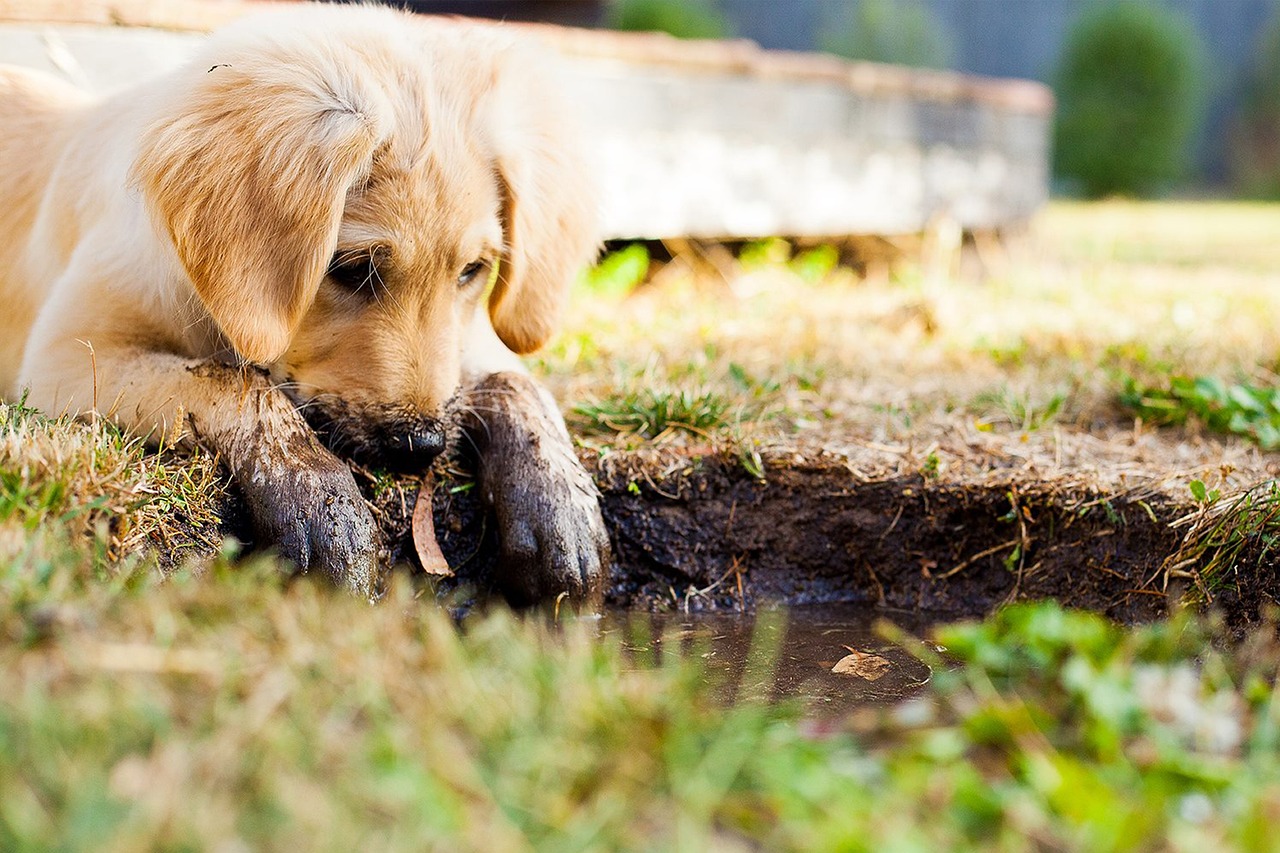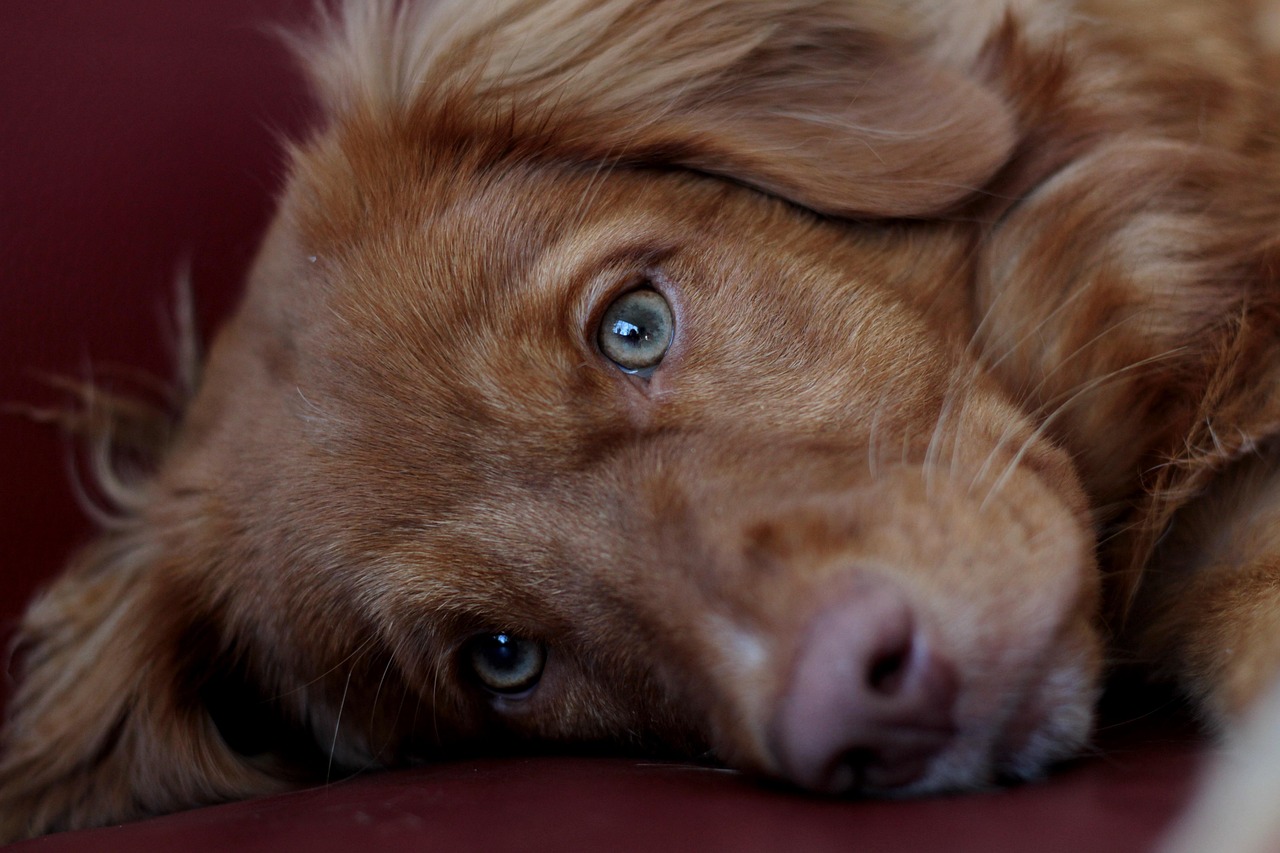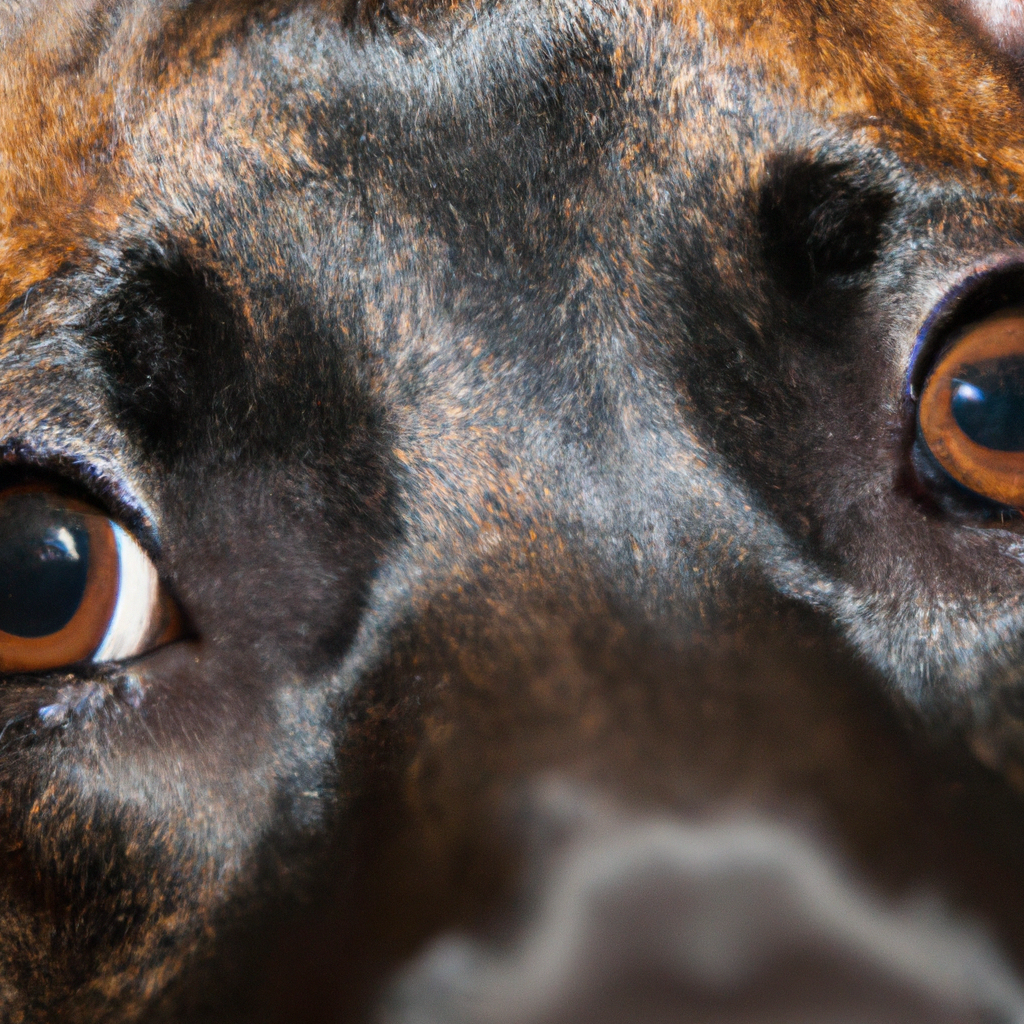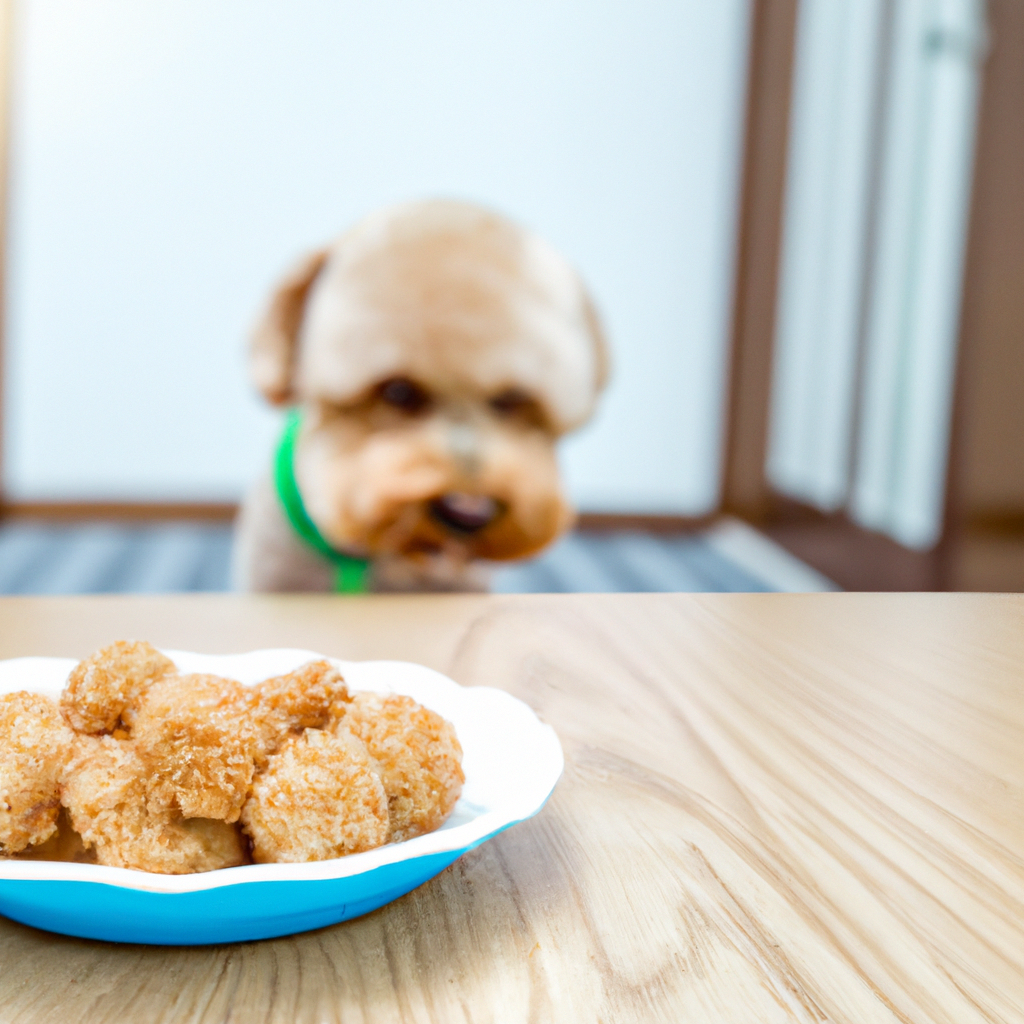Creating a consistent sleep routine for your dog is essential for their overall well-being and happiness. Just like humans, dogs thrive on structure, and establishing a calming bedtime ritual can help them feel secure and relaxed. In this blog, we will discuss the importance of a sleep routine, tips for creating one tailored to your furry friend, and how it can improve their behavior and health. Let’s explore in detail below.
The Importance of a Sleep Routine for Dogs
Understanding Canine Sleep Patterns
Dogs have unique sleep cycles that differ significantly from humans. While we typically experience longer periods of deep sleep, dogs alternate between light and deep sleep more frequently throughout the night. Understanding these patterns is crucial in creating an effective bedtime routine. By recognizing when your dog is naturally inclined to wind down, you can better align their sleep schedule with their biological needs, ensuring they get the restorative rest they require.
The Link Between Sleep and Behavior
A consistent sleep routine can dramatically influence your dog’s behavior during waking hours. When dogs are well-rested, they tend to be more energetic, focused, and less prone to anxiety or irritability. Conversely, a lack of adequate sleep can lead to behavioral issues such as excessive barking, chewing, or even aggression. By fostering a calming environment conducive to restful sleep, you help mitigate these issues and promote a happier, healthier pet.
Health Benefits of Adequate Rest
Just like humans, dogs require sufficient rest for optimal health. Quality sleep aids in recovery from physical exertion and supports mental well-being. It plays a pivotal role in regulating hormones and maintaining immune function. A well-established bedtime routine can help ensure that your dog receives the necessary amount of restorative sleep each night, ultimately enhancing their overall quality of life.
Creating a Calming Environment
Designating a Sleep Space
One key element in establishing a successful sleep routine is creating a designated sleeping area for your dog. This space should be quiet, comfortable, and free from distractions. Consider using soft bedding or blankets that provide warmth and comfort. If possible, place the bed in a low-traffic area where your dog feels safe and secure. The familiarity of this space can signal to your pet that it’s time to wind down.
Reducing Noise and Distractions
Noise can significantly disrupt your dog’s ability to fall asleep or stay asleep throughout the night. To foster a peaceful environment, consider using white noise machines or soft music designed for dogs. These sounds can help drown out sudden noises that might startle them awake. Additionally, minimizing bright lights or stimulating visuals will create an atmosphere conducive to relaxation.
Temperature Control
The temperature of your dog’s sleeping environment plays a vital role in their comfort level. Ensure that the room is neither too hot nor too cold; ideally, it should be somewhere around 68-72°F (20-22°C). Providing appropriate bedding materials that offer insulation without overheating will also contribute to a cozy sleep setting.
Establishing a Consistent Bedtime Ritual
Routine Activities Before Bedtime
Implementing specific activities leading up to bedtime can signal your dog that it’s time to relax and prepare for sleep. Engage in calming activities such as gentle playtime or light grooming sessions to help them unwind. Establishing a predictable sequence—like taking them outside for one last bathroom break followed by some quiet cuddling—can reinforce the idea that bedtime is approaching.
The Role of Treats and Rewards
Incorporating treats into your dog’s bedtime routine can create positive associations with their sleeping environment. Offering a small treat or chew toy before settling down not only provides mental stimulation but also reinforces the notion that this time is special and rewarding. Be cautious not to overdo it; moderation is key in maintaining healthy habits.
Using Commands for Calmness
Teaching your dog specific commands associated with relaxation can enhance their understanding of what is expected during bedtime rituals. Phrases like “settle” or “go to bed” can indicate it’s time for rest while providing structure. Reinforcing these commands through positive reinforcement will help instill good habits over time.
Adjusting the Routine as Your Dog Ages

Recognizing Changing Needs
As dogs age, their sleep requirements may change along with their activity levels and health conditions. Older dogs might need more frequent naps during the day or may have difficulty settling at night due to discomfort or anxiety related to aging. Being attuned to these changes allows you to adapt their bedtime routine accordingly.
Consulting with Veterinarians

Regular check-ups with veterinarians are essential as they can provide insights into any age-related changes affecting your dog’s sleep quality. Health issues such as arthritis or cognitive dysfunction syndrome (CDS) may require adjustments in their routine or sleeping arrangements for optimal comfort.
Gradual Adjustments for Comfort
When making changes to an established routine, it’s important to do so gradually so as not to overwhelm your pet. This could involve adjusting bedtime slightly earlier or later based on their energy levels throughout the day—allowing them ample time to adapt without causing stress or confusion.
Monitoring Sleep Quality Over Time
Observational Techniques
Keeping track of how well your dog sleeps can provide valuable insights into their overall health and happiness. Observe how long it takes them to settle down at night and whether they wake frequently during the night or appear restless when awake. Noticing patterns over time will help you determine if adjustments are necessary.
Utilizing Technology for Insights
There are various pet technology devices available today that allow owners to monitor their dog’s activity levels and sleeping patterns through apps connected via collars or wearables. Utilizing these tools can give you an objective view of how well your dog sleeps each night and inform any needed modifications in their routine.
Communicating Changes with Family Members
If multiple family members share responsibilities regarding pet care, it’s vital everyone is on board with the established nighttime routine for consistency’s sake. Open communication helps ensure all caregivers follow similar practices when putting your dog to bed, reducing confusion and reinforcing good habits across all interactions.
The Impact of Diet on Sleep Quality
Selecting Appropriate Foods for Dinner Time
Diet plays an integral role in affecting not just physical health but also quality of sleep among dogs. Feeding them high-quality food appropriate for their age group ensures they receive essential nutrients necessary for overall wellness—including those critical for restful slumber—without any digestive discomfort disrupting their nights.
Avoiding Late-Night Snacks
While treating our furry companions is tempting after dinner time has passed; late-night snacks could lead towards digestive upset which might keep them awake longer than desired! Establish boundaries around mealtime so that there is enough time between eating dinner & going off into dreamland without disturbances caused by stomach issues arising from late consumption!
Establishing a consistent sleep routine for your dog is vital for their overall well-being. By understanding their unique sleep patterns and creating a calming environment, you can significantly enhance their quality of rest. As your dog ages, be attentive to their changing needs and adjust their routine accordingly. Regular monitoring and open communication with family members will help maintain a peaceful nighttime atmosphere, ensuring your furry friend enjoys restorative sleep.
Further Helpful Info
1. Ensure your dog’s sleeping area is quiet and comfortable to promote relaxation.
2. Maintain a consistent schedule for feeding and bedtime to establish a routine.
3. Engage in calming activities before bed, such as gentle play or cuddling.
4. Monitor your dog’s sleep patterns and behavior to identify any changes that may need addressing.
5. Consult with your veterinarian if you notice significant changes in your dog’s sleep quality or behavior.
Content Summary
This guide emphasizes the significance of a structured sleep routine for dogs, detailing how understanding canine sleep cycles can enhance behavioral health and overall well-being. It outlines steps to create a tranquil sleeping environment, establish consistent bedtime rituals, adapt routines as dogs age, and monitor sleep quality effectively. Additionally, it highlights the impact of diet on sleep and offers reinforcement techniques to foster positive associations with bedtime, ensuring both pets and owners enjoy peaceful nights together.






